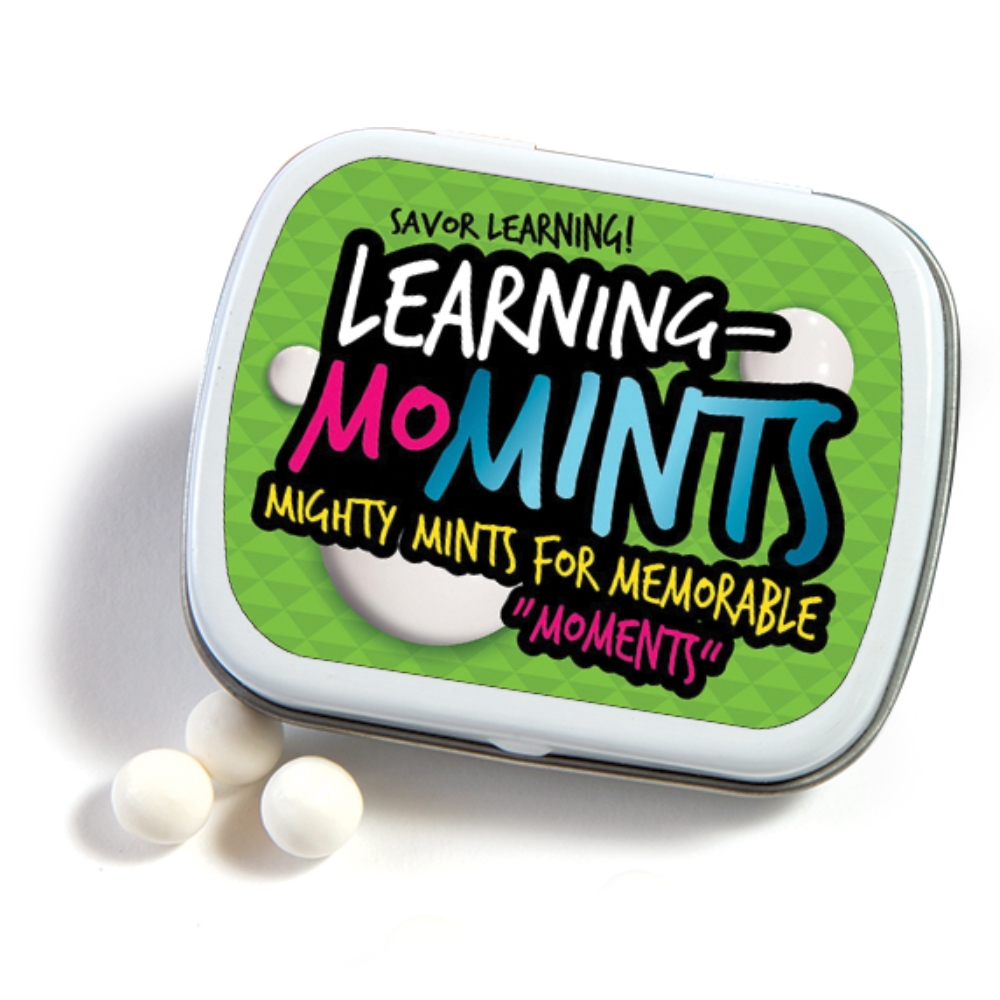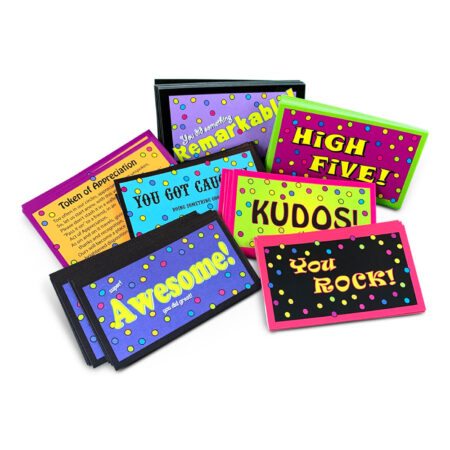Learning Golf in my 50s — Lessons for Trainers
Learning something new is never easy, but it also seems to get harder as we get older. At 57, I decided to take my first golf lesson. While I’ve always been fairly athletic, I’m completely dorky when it comes to arm coordination. My two sons will attest to this as they’ve each tried to teach me to throw a baseball or toss a frisbee. Nonetheless, I wanted to learn how to swing a golf club. I also wanted to experience learning something new as an adult. What might learning golf teach me about training?
Learning golf from a pro
Once I made my decision, I scheduled a golf lesson. I’d learn from an expert, the proper grip, stance, and swing. As I was starting from ground zero, I had low expectations for myself. Would I make contact with the ball? Could I make the ball arc gracefully into the air? Perhaps I could have looked up the technique on YouTube, but for me, face-to-face lessons felt right, so I could get timely feedback and not start any bad habits.
My first lesson went better than expected. With my pro’s expert assistance, I learned the basics and even felt a little hopeful. I made contact with the ball and even hit it to the 50-yard marker. It was a start. But, as the pro said, I would need to keep coming back to the driving range to practice, frequently! I went to the driving range when I could and even invested in a few more lessons.
When it comes to corporate training, so much has migrated to online learning–sometimes live, sometimes asynchronous. Trainers are wise to ask themselves if their specific course content, or parts of it, would benefit from face-to-face experiences.
The first time I played on a golf course
After a year of sporadic visits to the driving range, my friends Alan and Gina invited me to play a round of 9 holes. Having heard about ways to make the game more fun and less competitive — playing from the closest ball, not keeping score, etc. — I decided to say yes. I think I played just two holes when Alan compassionately explained, “they say, the longest drive is from the driving range to the golf course.” Well, isn’t that the truth? I kept at it, finishing my first game of golf and even playing again a few days later. And then…

Learning Mo-Mints by Trainers Warehouse BUY NOW
Practice is just practice
I’ve been asking myself why I haven’t gone back to the driving range or scheduled another golf outing. Is it just that the timing hasn’t worked, or is my reluctance deeper than that? Certainly, my golf course experience was sobering. I didn’t care about the score; nor was I embarrassed. Still, it wasn’t pretty. As any true golfer knows, the sport is a life-long commitment that takes decades of practice–a particular type of practice. Unlike tennis, when you keep taking swing after swing, developing a rhythm, and practicing on the same court you play on, golf requires practice at a driving range. It’s more similar, I suppose, to baseball, where you develop your swing at a batting cage. Then, when you’re in a live game, on the plate, or at the tee, you rely on muscle memory.
Corporate trainers should appreciate that classroom learning is similar to golf and baseball. Mastery of role plays, discussion, and practice in learning centers may not translate to immediate success in live situations. It’s just a starting point, preparation for the real thing. And, like golf, may be coupled with long time lags between each attempt. Growth will continue each time learners face real situations. They can’t expect instant mastery.
Fun versus worthwhile
Later that week, a friend asked if I had fun. This shouldn’t be a trick question, but it stumped me. I enjoyed walking the beautiful golf course on the perfect spring morning. I also loved being with my friends. But if I’m being honest, the golf part was probably more stressful and frustrating than fun. I still didn’t know what I was doing. I didn’t know if I’d pick the right golf club and perform as I’d practiced, or dribble the ball pathetically forward. I didn’t even know about the golf course etiquette. I was a complete novice and that’s an awkward place to be for someone who likes to be successful and in control.
As adults (and children) we want to experience success or progress when it comes to hobbies or jobs. We have short fuses and lagging enthusiasm when challenges are too hard or take too long. I’m reminded of Mihaly Csikszentmihalyi’s concept of flow, which suggests that individuals need to find a balance of difficulty and success, so they don’t give up out of either frustration or boredom.
The lessons for trainers are twofold: we need to continue to give positive reinforcement for effort and small steps forward; and, we need to be cognizant of finding that sweet spot, balancing challenge with skill level. Small tokens to acknowledge effort can go a long way. Items like Mini Kudos Notes, High Five Lapel pins, or Learning Mo-Mints are some of my personal favorites.
I know from years of experience that sports are more fun when you know what you’re doing, are seeing progress, and are trying to improve. Knowing that I’ll only get better if I really work at it, I ask myself again, “why am learning this? What’s my motivation?”
Staying motivated while learning golf

Kudos Card Set $11.95 BUY NOW
Addressing my lag in motivation when it comes to learning to play golf, I realize that I need to return to my initial motivation. Why did I want to learn golf in the first place? My reasoning remains the same: Golf could let me enjoy being outdoors with friends; I could play on those days when my husband needs to put in long hours at work, and it’s a game I could enjoy when running or tennis becomes too hard on my body.
In keeping with this understanding, I encourage trainers to start off their training sessions with a conversation about motivation. Ask the group why they are there? Is it just a requirement? If so, what will do for them? Might it help them develop a new skill? Strengthen performance? Qualify them for a raise or new position? Build confidence? Improve relationships? Motivation is key to engagement and should be revisited often.
Learning as Adults
Our youth is filled with learning new languages, musical instruments, math, reading, science, history, sports, whistling, blowing bubbles, compassion, and on and on the list goes. Our learning tends to slow down after high school, college, or graduate school. Sure, we may pick up a new hobby, read books that stretch our minds or challenge ourselves to master new skills, but the learning curve changes, and becomes much steeper and more slippery.
While adult learning may be even more challenging, requiring practice, assistance, encouragement, and motivation, it is also a keen reminder that many children struggle with learning too. Golf has certainly reminded me of that!

